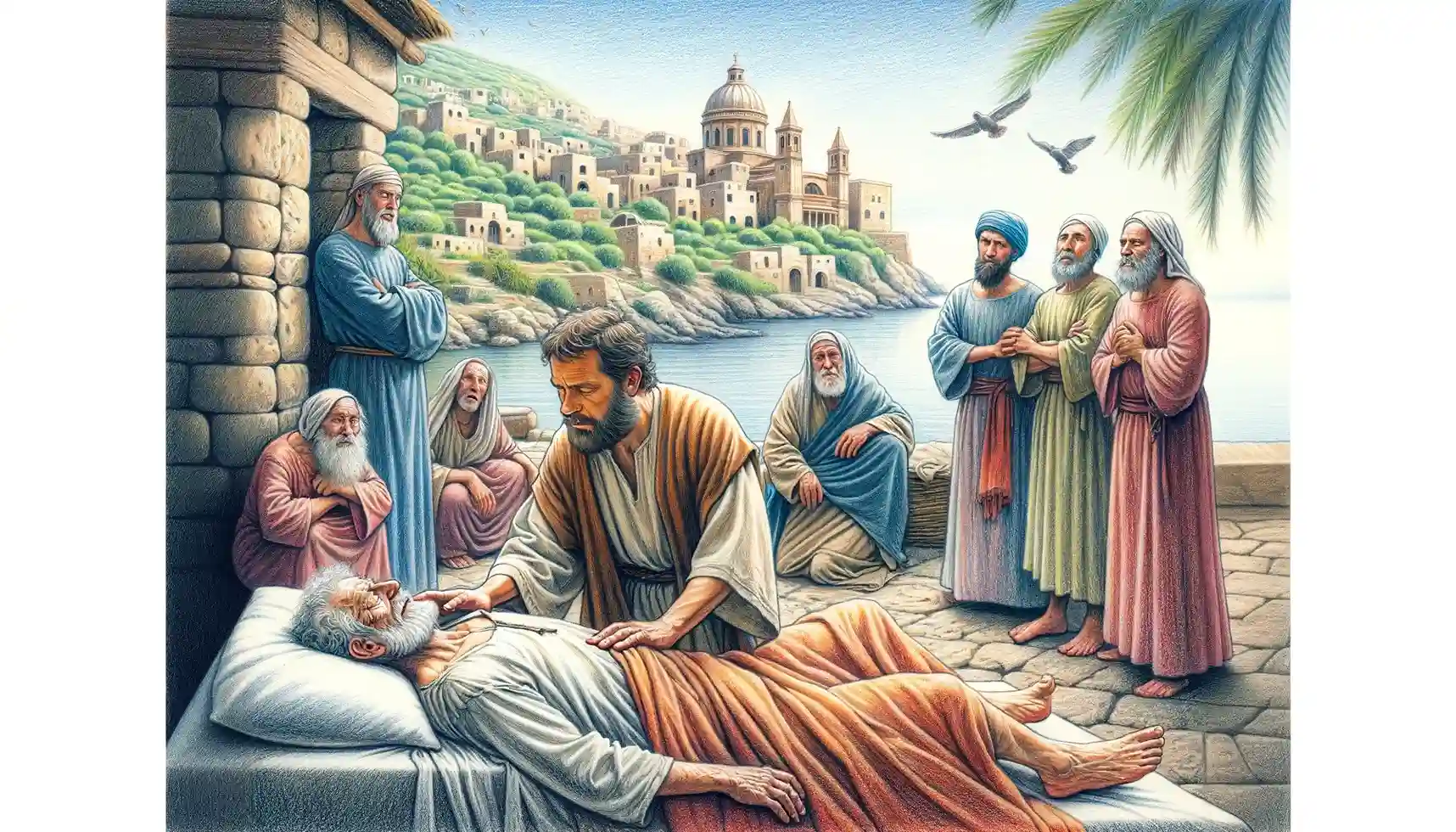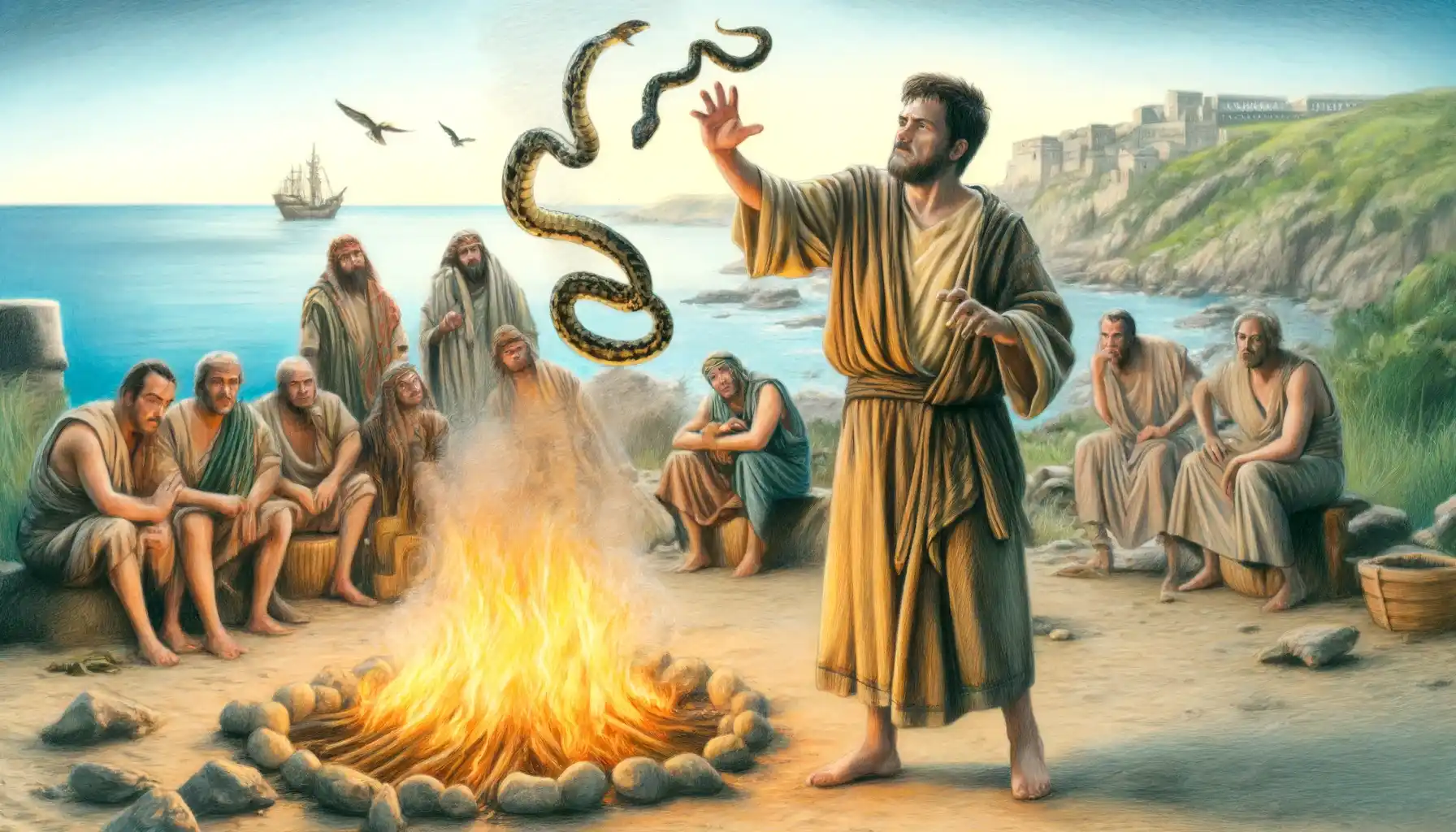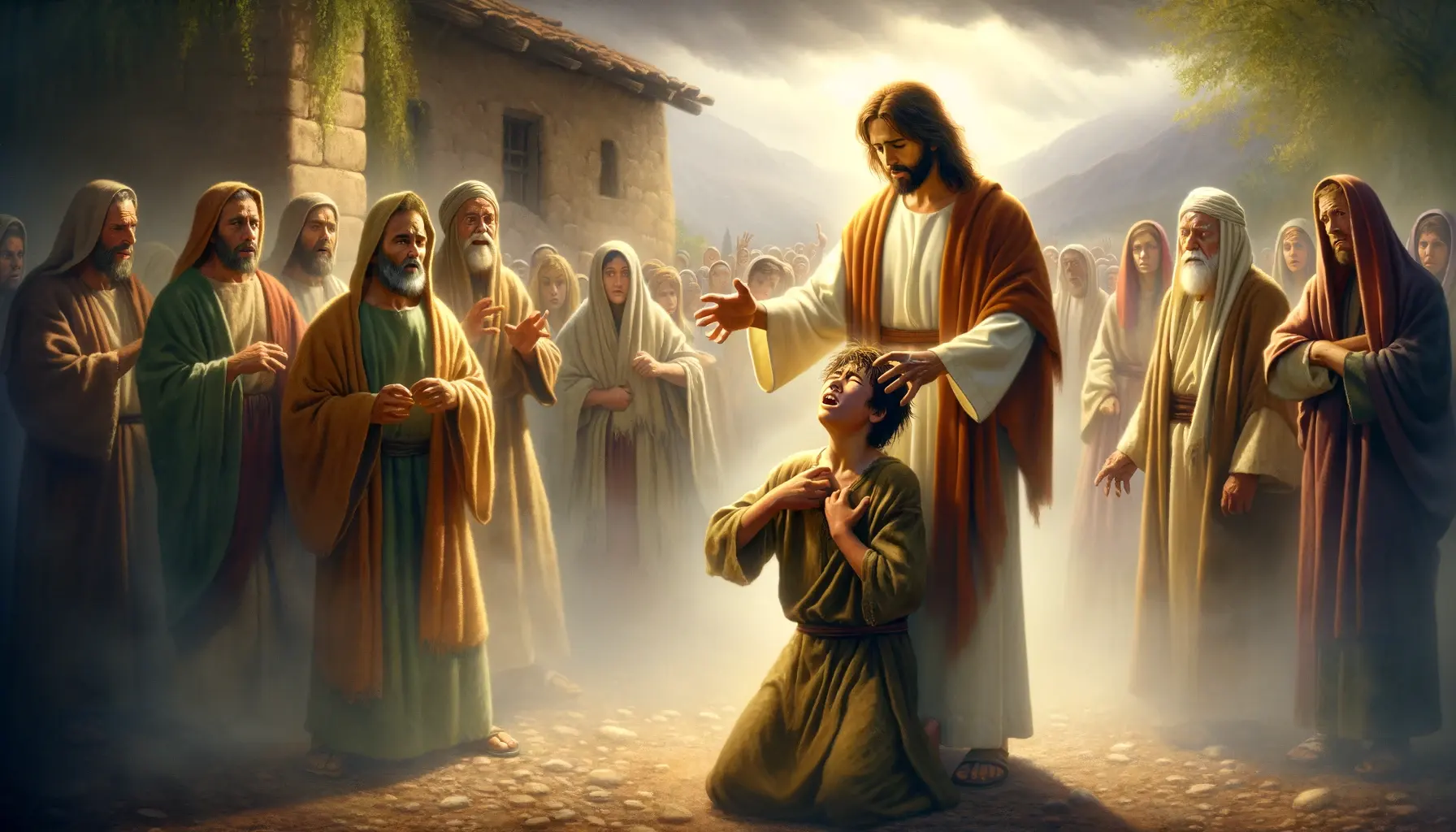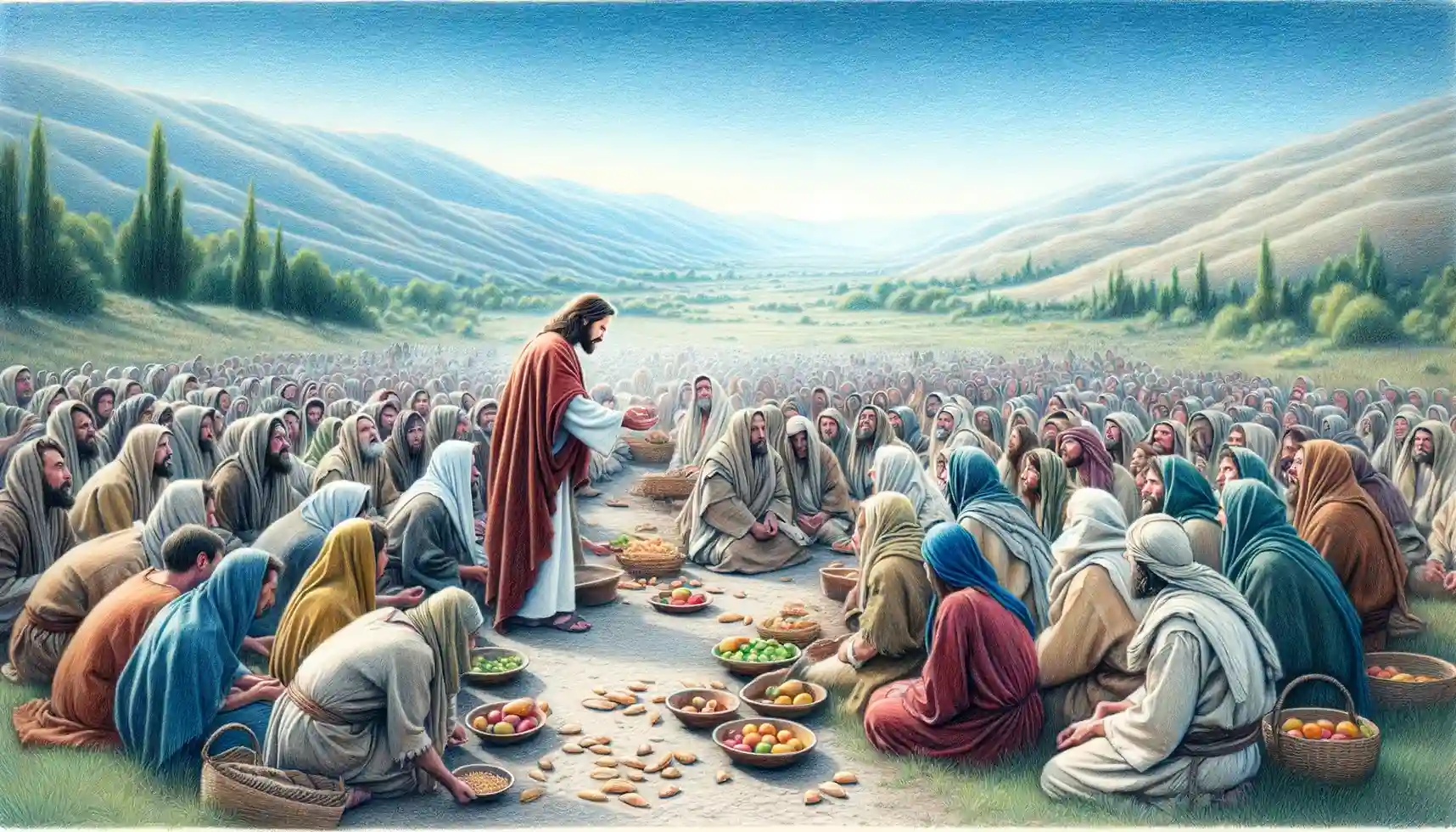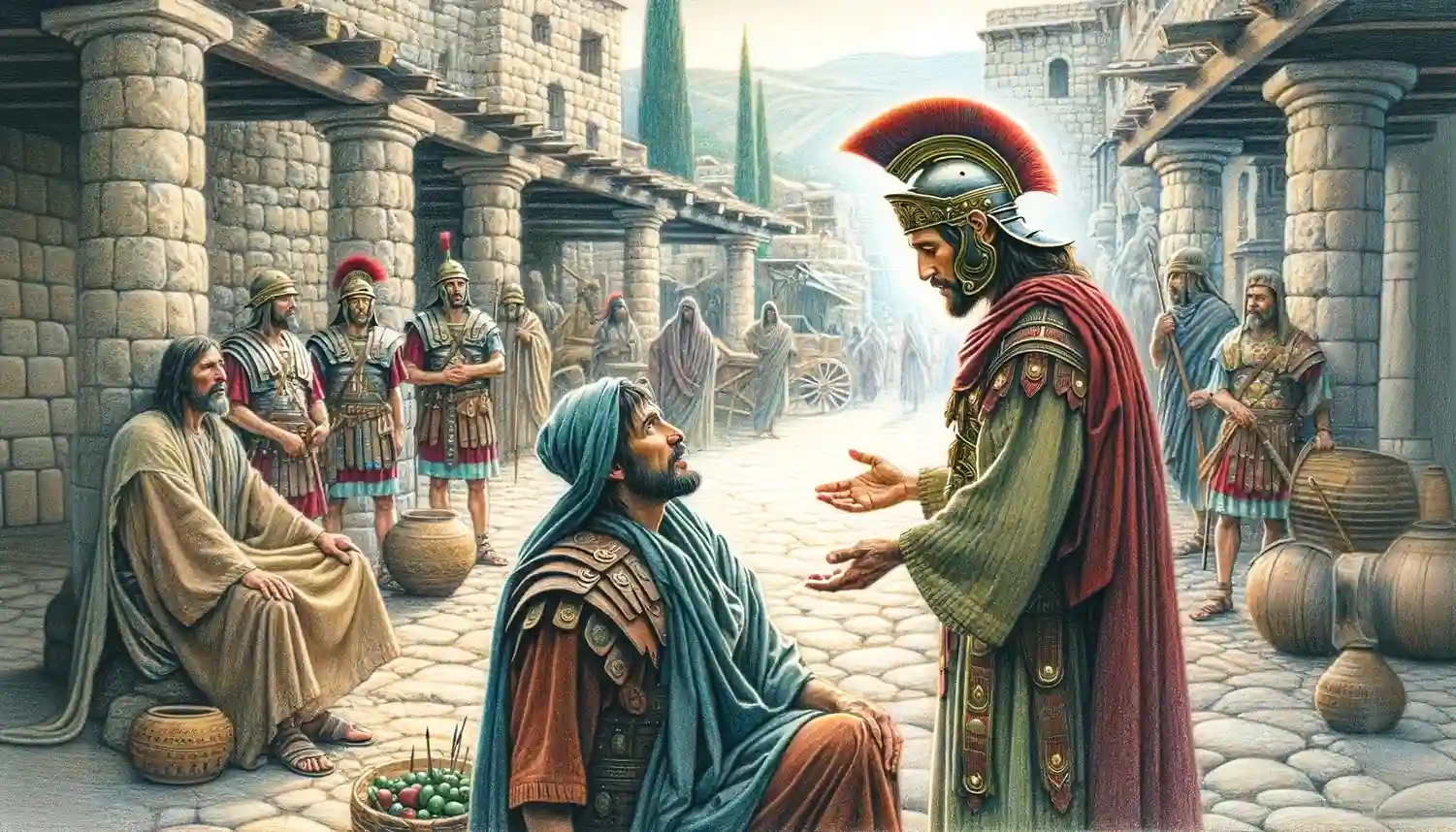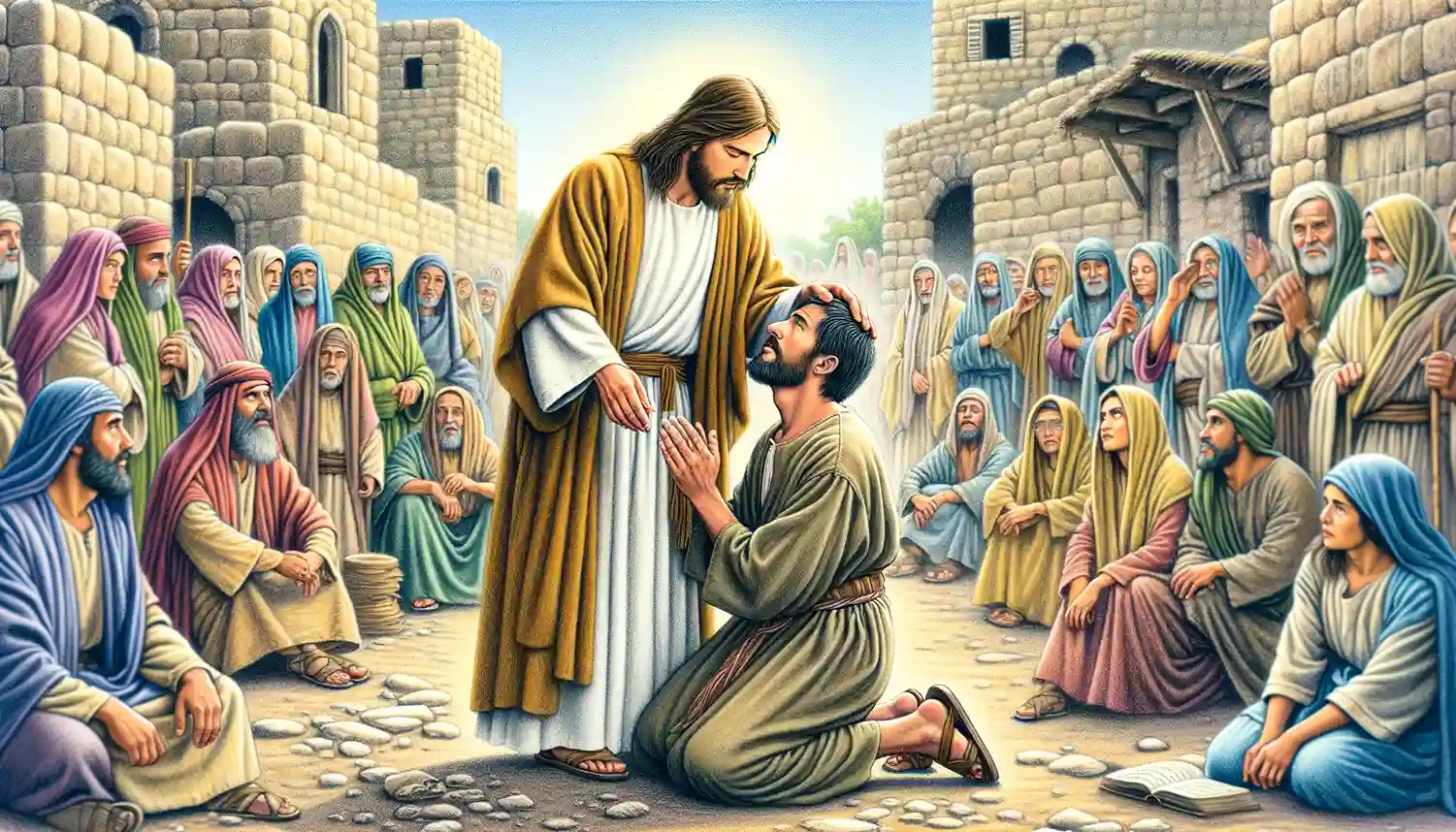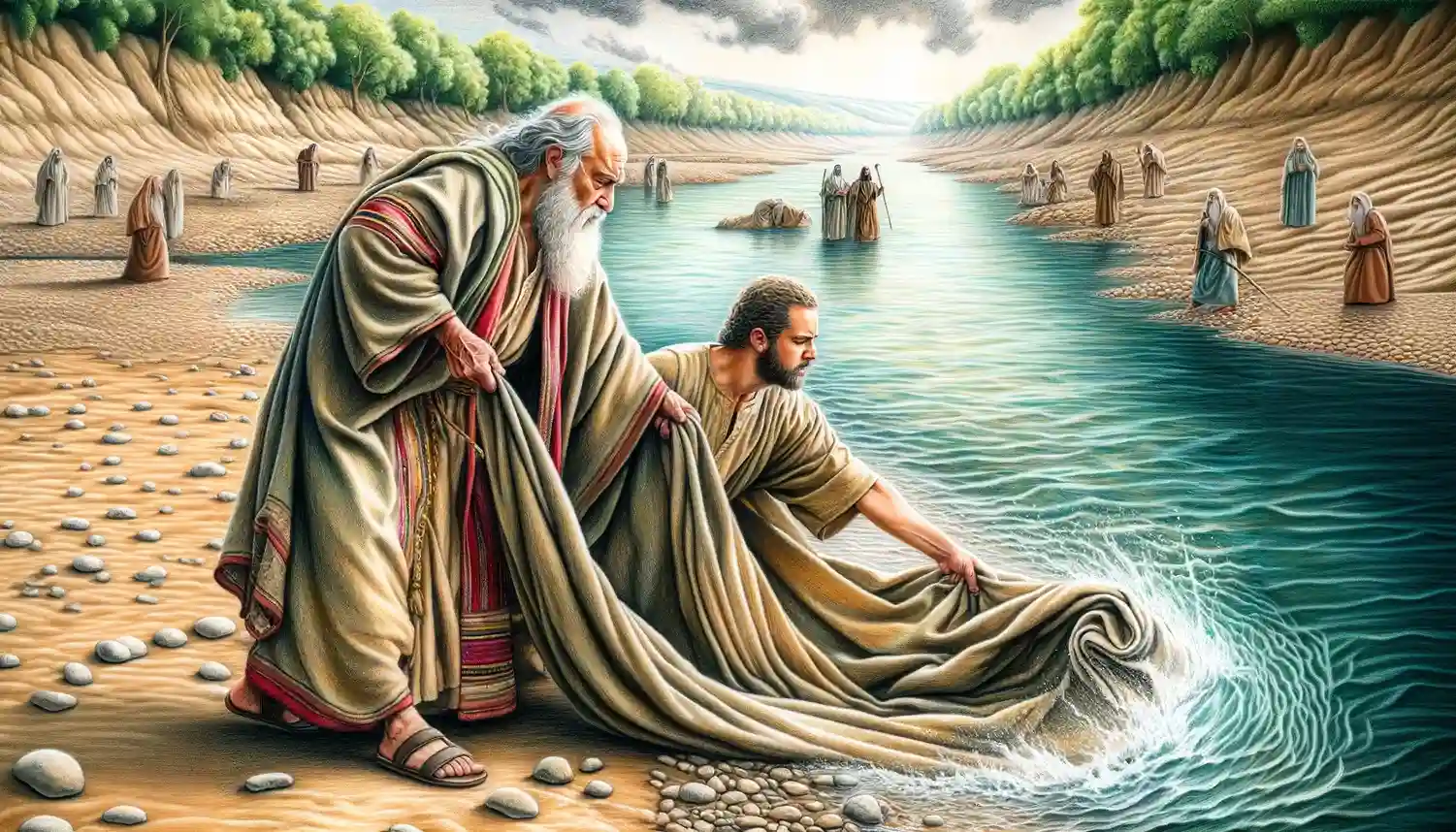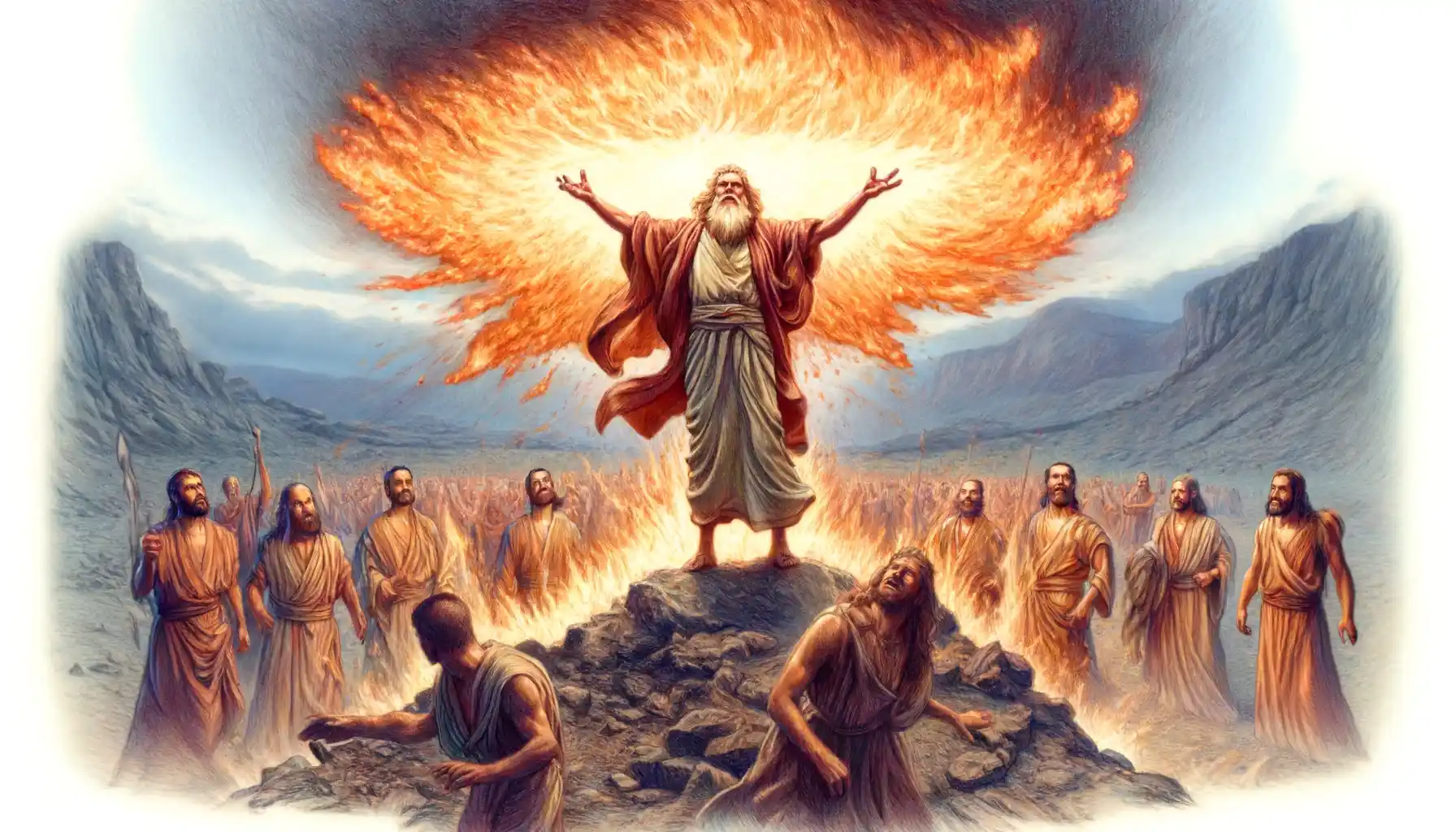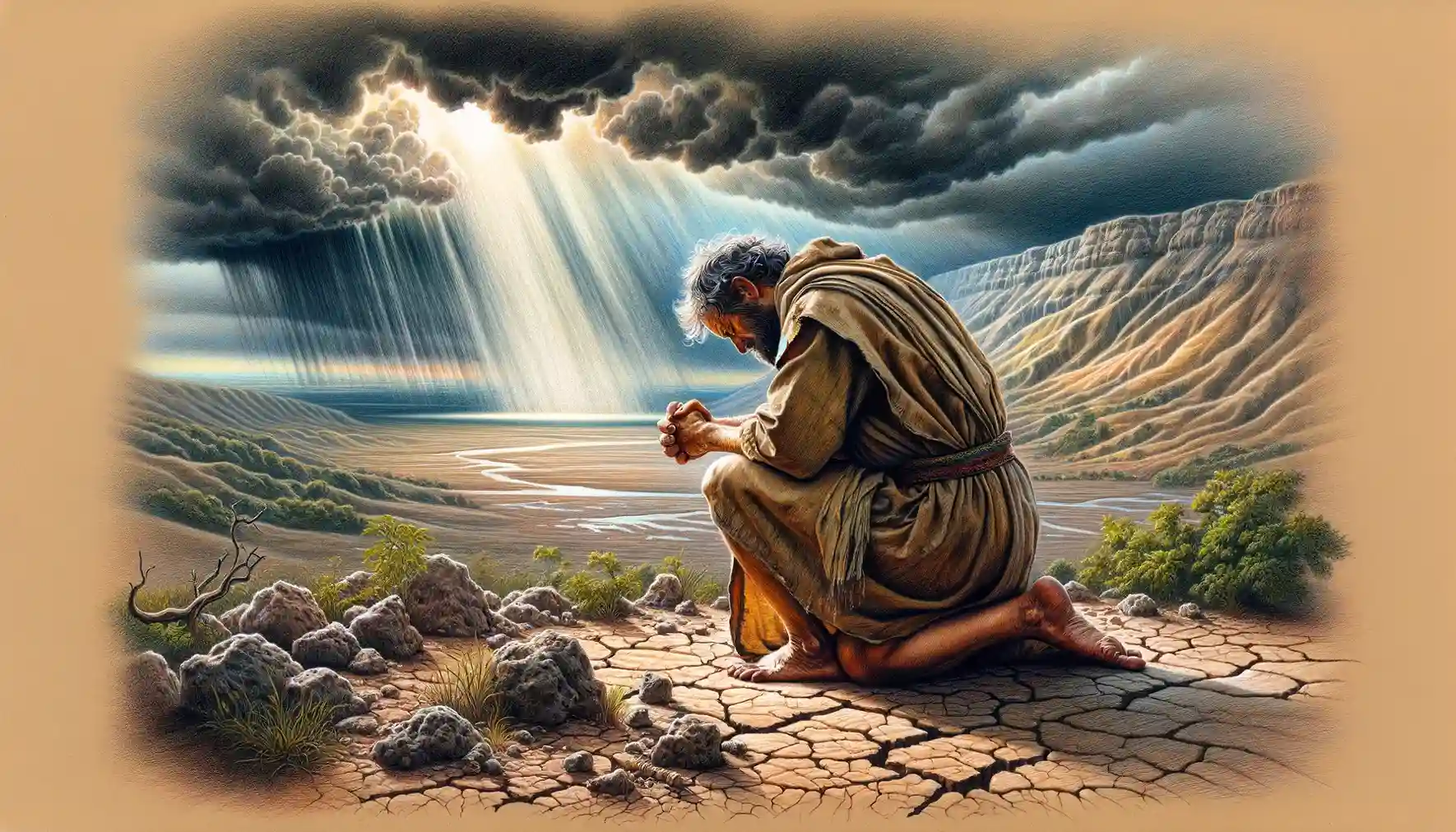In Acts 28:8-9, after surviving a shipwreck and a viper bite, Paul performs miraculous healings on the island of Malta, including curing the father of Publius, the chief official, and many other sick islanders, which leads to widespread recognition of God’s power.
In Acts 28:3-5, Paul is bitten by a viper while gathering firewood on the island of Malta, but he suffers no harm, leading the islanders to view him as under divine protection.
Samson, empowered by the Spirit of the Lord, killed 1,000 Philistines with the jawbone of a donkey, demonstrating God’s deliverance of Israel through his supernatural strength.
Jesus’ healing of a boy with an unclean spirit in Mark 9:17-27 showcases His authority over evil spirits, the necessity of faith for miracles, and His compassionate power to heal those afflicted by severe physical and spiritual conditions.
The Feeding of the 5,000, as described in Matthew 14:15-21, is a monumental miracle performed by Jesus Christ, where He compassionately feeds a massive crowd of over five thousand men, excluding women and children, with just five loaves and two fish. This miracle not only demonstrates Jesus’ supernatural ability to provide but also symbolizes His role as the spiritual sustenance for humanity, reinforcing His identity as the Bread of Life.
The Healing of the Centurion’s Servant is a profound biblical narrative found in Matthew 8:5-13 and Luke 7:1-10, which showcases Jesus’ miraculous healing of a Roman centurion’s gravely ill servant from a distance. This event highlights Jesus’ divine authority and the remarkable faith of the centurion, transcending cultural and religious boundaries and emphasizing the inclusivity of Jesus’ ministry to all who believe, regardless of their background.
In the Gospel of John, the story of Jesus healing a man born blind serves as a powerful narrative that illustrates both a miraculous restoration of physical sight and a profound allegory for spiritual enlightenment, challenging religious conventions and revealing deeper theological truths.
The Parting of the Jordan River by Elijah, described in 2 Kings 2:8, marks a crucial moment in biblical narrative, where Elijah, using his cloak, miraculously parts the waters, allowing himself and his successor Elisha to cross on dry ground, symbolizing the transition of prophetic authority and demonstrating God’s enduring support for His prophets.
In 2 Kings 1:10-12, the prophet Elijah calls down fire from heaven to consume two groups of fifty soldiers sent by King Ahaziah to apprehend him, dramatically illustrating God’s supreme power and authority, and serving as a divine rebuke against the king’s idolatry and challenge to prophetic authority.
The account of Elijah praying for rain after a three-year drought, as depicted in 1 Kings 18:41-45, vividly demonstrates God’s sovereignty over natural phenomena and underscores the efficacy of faithful prayer, showing how God responded to Elijah’s earnest intercession by ending the severe drought with a significant rainfall, thereby affirming His supremacy over the idolatrous worship of Baal.

